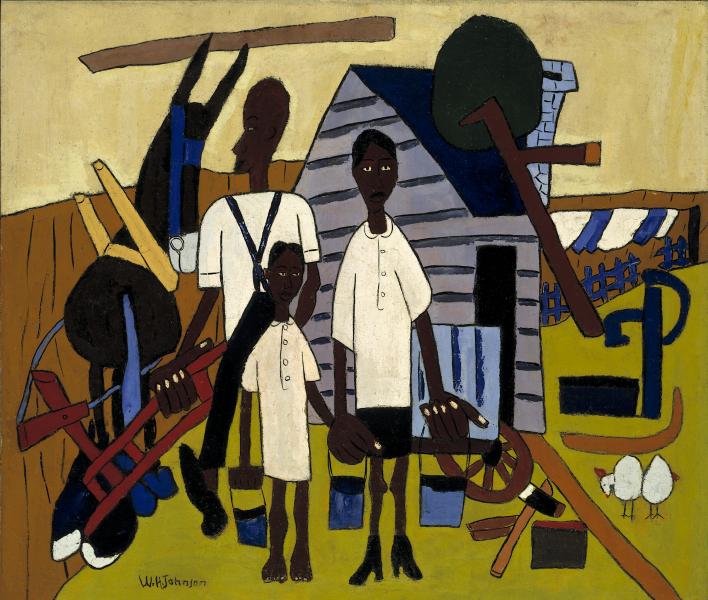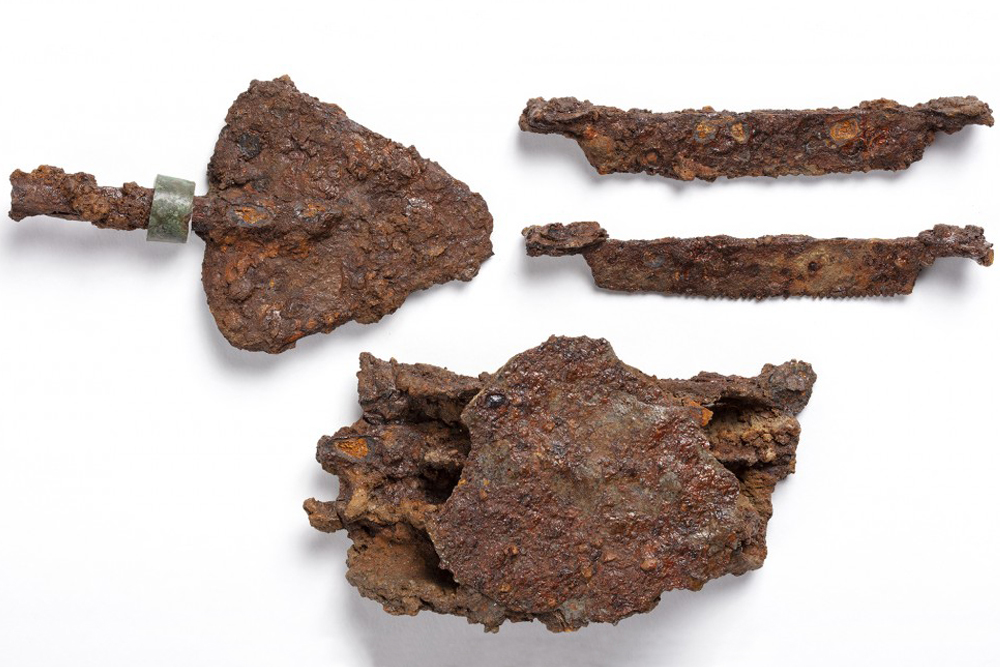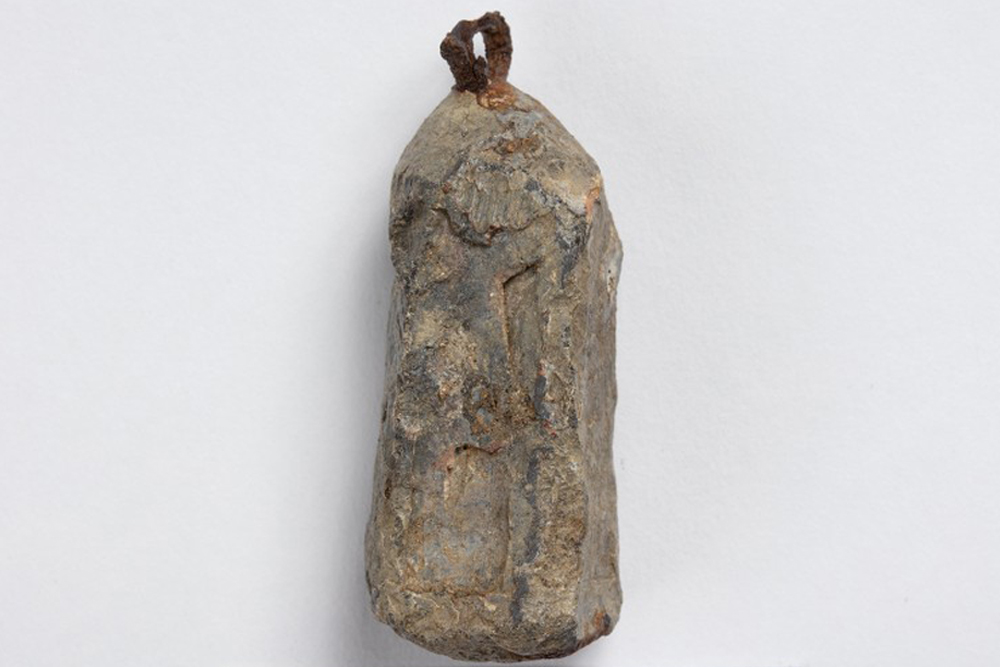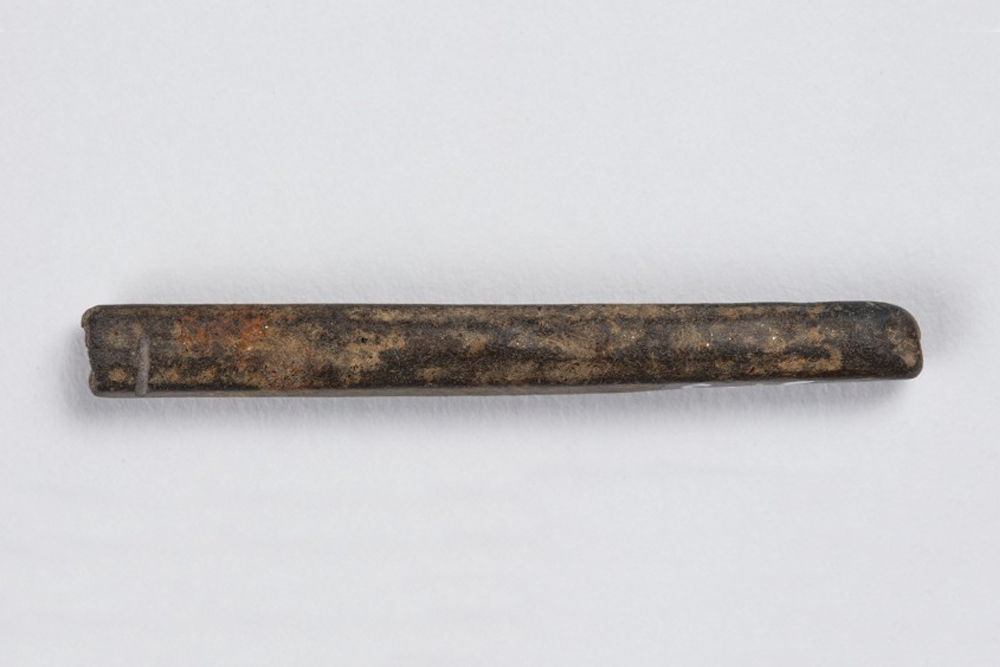Work
Segregation and other forms of racial discrimination plagued New York City long after the state abolished slavery in 1827. Free African Americans struggled to find jobs, proper housing, and refuge from violent anti-abolition riots in Lower Manhattan. They were blacklisted from certain professions and belittled in others. It became increasingly difficult for Black men to train in skilled trades. Those who were trained would often be forced out of their fields by white peers refusing to work alongside them.
One reaction to this was for Black people to adopt a combination of domestic self-sufficiency and employment in the labor market. For Black New Yorkers, one of the most appealing qualities of Seneca Village was that men and women could supply their own food, while those who did work in labor or service provided financial support from wages to their families and communities. Economic insecurity and discrimination before and after emancipation in the United States incentivized Black families to form tightly-knit communities providing for themselves, their neighbors, and future generations. One such community was Seneca Village, located a couple of miles from the crowded, competitive downtown neighborhoods, where land was less expensive and the former landowners were willing to sell to Black families—something that, unfortunately, was not always the case. There, Seneca Village residents owned land within the city limits, but were relatively independent from Lower Manhattan. Access to property fostered a small but growing Black middle class, which valued education and work. Children could attend school within the village at the African Union Church, and adults worked in service jobs or as unskilled laborers. Some grew crops, raised animals, and fished. The village thus was a space of relative independence and self-determination.
The Wilsons and other Seneca Village residents required certain tools to facilitate this work, within and outside of their homes. Imagine the Wilson family in their three story home after a long day of work and school. The eldest son of the Wilsons, William H. Wilson, had used a lead and iron fishing weight to catch the night’s dinner, while his younger siblings (Mary, David, James, Charlotte, Josiah, John, and Joseph) studied in their rooms, practicing writing or math with their slate pencils in hand and slate tablets on their laps. William Godfrey Wilson had come home earlier from his job transporting goods, and just before dinner he had groomed his horse using an iron curry comb, while his wife, Charlotte, finished sewing the last hook and eye to Mary’s new dress.
Although there are some historical documents, such as censuses, that provide us with information about Seneca Villagers, they can feel impersonal and detached from their lives. In contrast, objects uncovered during the excavations of Seneca Village, including the ones highlighted on the following pages, give dimensionality to village families, such as the Wilsons. While we can never fully comprehend all aspects of their lives, these tools that the Wilsons once owned and used help us to better understand their everyday lives and labors.

While Johnson painted this scene almost one hundred years after the Wilsons lived in Seneca Village, it is emblematic of their self-sufficient and autonomous spirit.
William H. Johnson. Early Morning Work, ca. 1940. Oil on burlap; 38 1/2 x 45 5/8 in. (97.8 x 115.9 cm). Born: Florence, South Carolina, 1901. Died: Central Islip, New York, 1970. Smithsonian American Art Museum. Gift of the Harmon Foundation.




